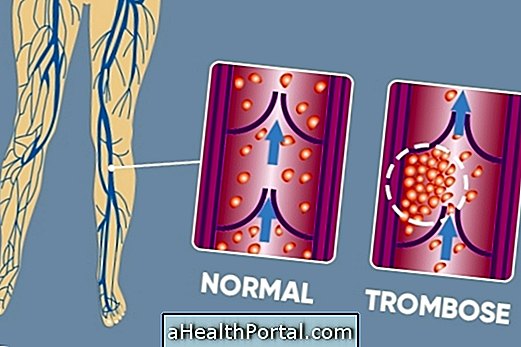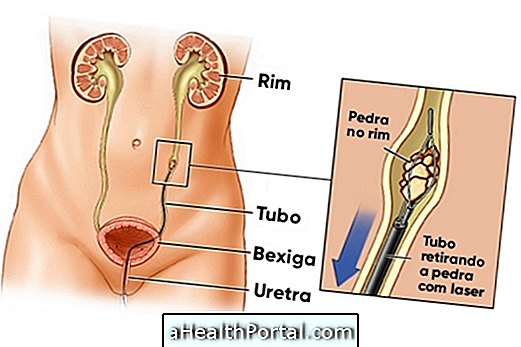Urinalysis is used to diagnose problems affecting the renal and urinary system. There are three main types: urinalysis, urinalysis, urinalysis, and uroculture, which are usually done in a clinical laboratory and none of them need fasting.
Urinalysis type 1 is the most common because it is a good general indication of health, but there are other parameters that should also be taken into consideration. See how to know if you are in good health.
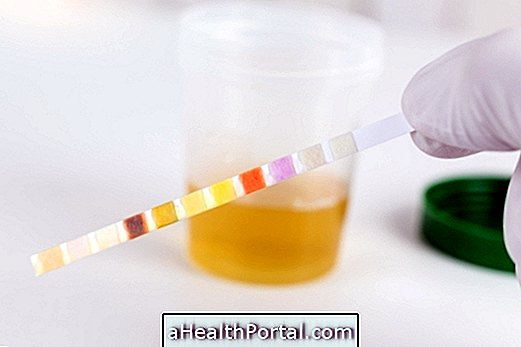
What is the urinalysis type 1?
Urine test type 1, also called urine test EAS - Abnormal Elements of Sediment, serves to analyze the pH of urine and the presence of elements in the urine that may be indicative of some problems, such as:
| Nitrites | Proteins | Urobilinogen |
| Density of urine | Ketones | Leukocytes |
| Glucose | Bilirubin | Blood |
In addition to these elements, through the visualization of the urine in the microscopic it is possible to verify the presence of crystals, fungi and bacteria, that can indicate renal failure, infections or renal calculus, for example.
This urine test is done by collecting the first morning urine by placing it in a plastic container provided by the laboratory. The collection can be done at home, but the urine container should be taken to the laboratory in about 30 to 60 minutes.
Before collection, clean the intimate region, reject the first jet to remove impurities from the urethra, and then collect the remaining urine. This urine test should not be performed during or after menstruation.
The EAS urine test can also be done in the clinic or hospital, where the doctor or nurse wets a special paper tape in the urine and in a few moments can check the result.
Reference Values of Urinalysis Type 1
The reference values for urinalysis type 1 should be:
- pH: 5.5 and 7.5;
- Density : from 1.005 to 1.030
- Characteristics : Absence of glucose, proteins, ketones, bilirubin, urobilinogen, blood and nitrite, some (few) leukocytes and rare epithelial cells.
If urinalysis reveals positive nitrite, presence of blood and numerous leukocytes, for example, may be indicative of urinary tract infection, but only the uroculture examination confirms the presence or absence of infection. However, urinalysis type 1 should not be used alone to diagnose any urinary problems.
Also check what can cause the presence of blood in the urine.
What is the purpose of the 24-hour urine test
The 24-hour urine test helps to identify small changes in the urine throughout the day and is done by accumulating in a large container all the urine eliminated during the day. This sample is then taken to the laboratory and analyzes are performed to check its composition and quantity, helping to identify problems such as kidney filtration problems, loss of protein and even preeclampsia in the pregnant woman. Learn more about this exam and the results.
How To Prepare for the Urine Examination
Usually no special care is needed before taking the urine, but some doctors may ask you to avoid using vitamin C supplements, laxatives with anthraquinones or antibiotics such as metronidazole a few days before, since can change the results.
It is also important to correctly perform the collection of urine, since the collection of the first jet or the lack of correct hygiene can lead to results that do not reflect the patient's condition.
Urine test to detect pregnancy
There is a urine test that detects pregnancy through the amount of the hCG hormone in the urine. This test is reliable, however when the test is done too early or incorrectly the result can go wrong. The ideal time for this test is 1 week after the day the menstruation should have appeared in the morning after waking up using the first morning urine, as the hormone is more concentrated in the urine.
Even when the test is performed at the right time, the result may be false negative because the body may still not have produced the hormone hCG in sufficient amounts to be detected. In this case, a new test should be done after 1 week.
This urine test is specific for detecting pregnancy, so other urine tests such as type 1, for example, do not detect pregnancy.
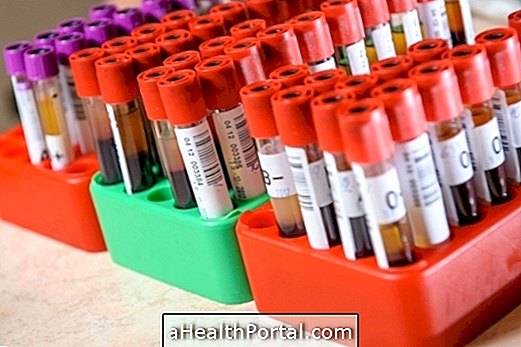
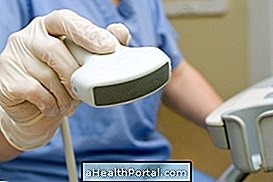
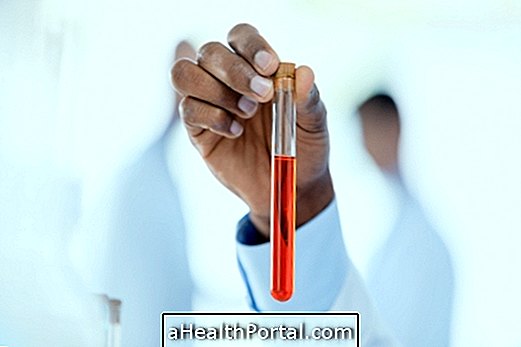
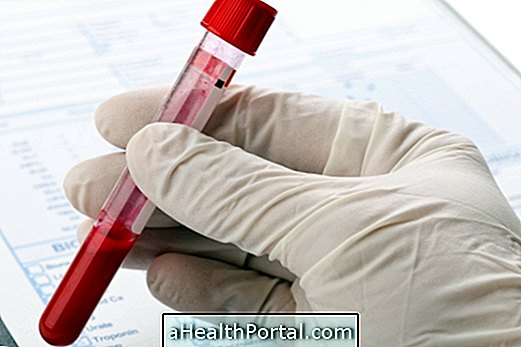

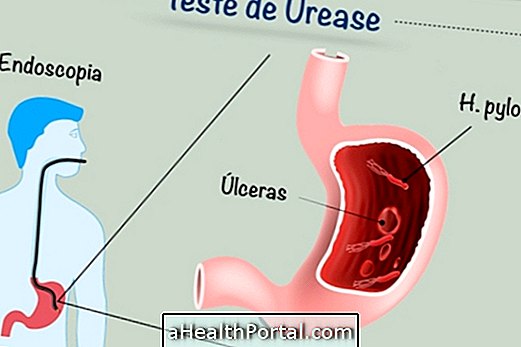

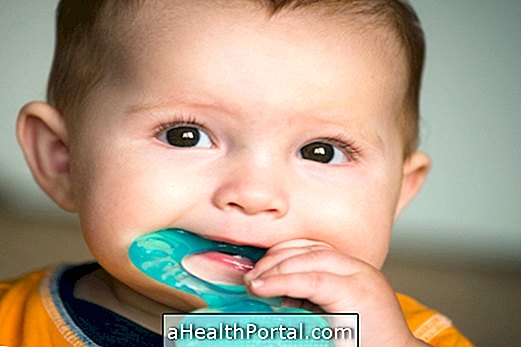

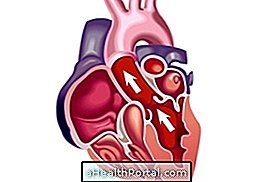




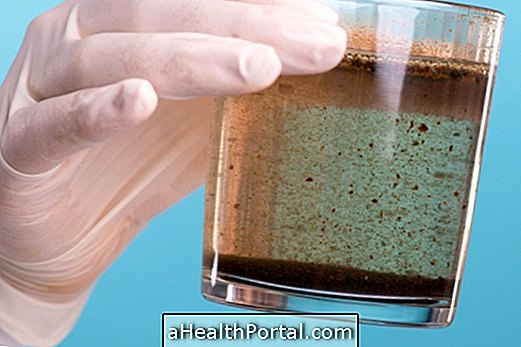



-o-que--quando-fazer-e-como-funciona.jpg)

